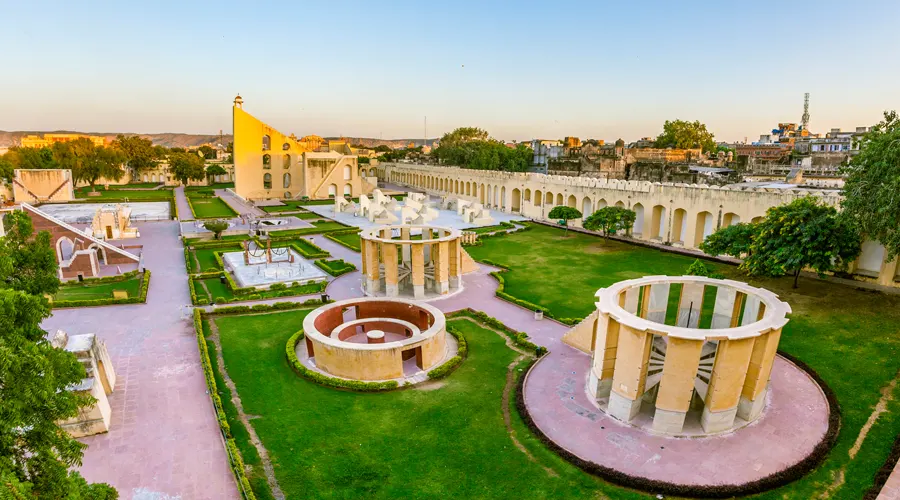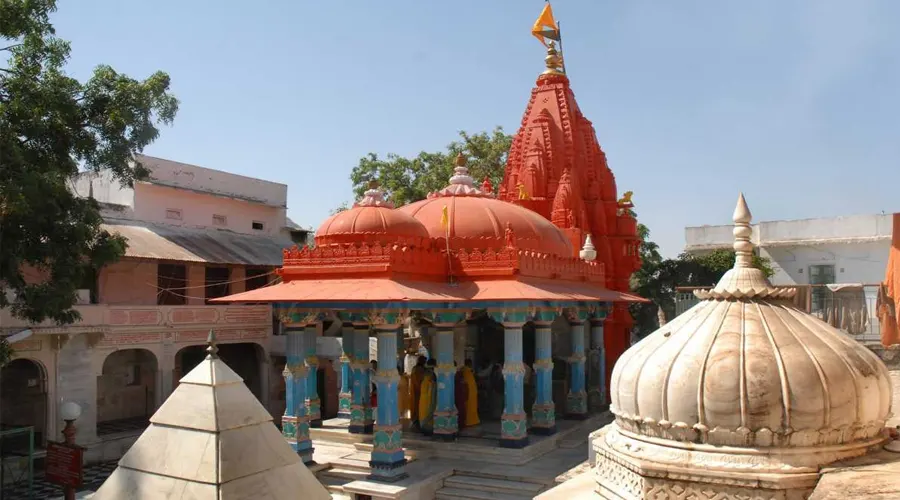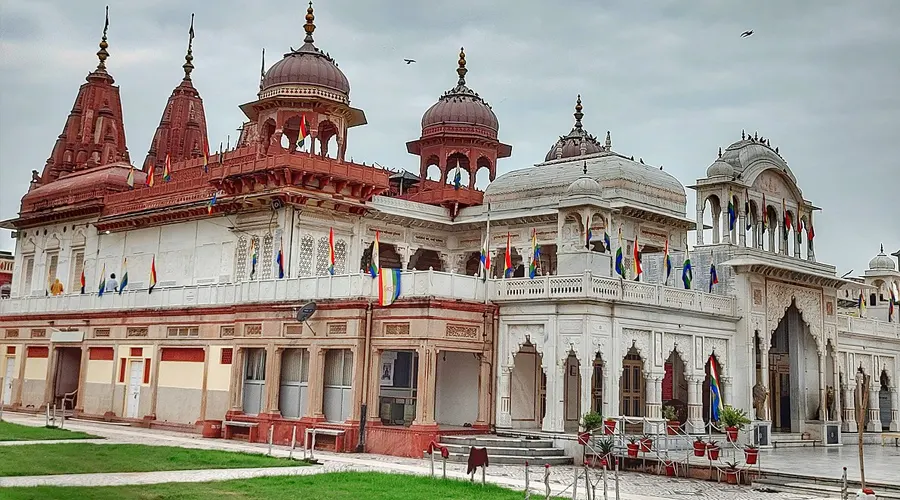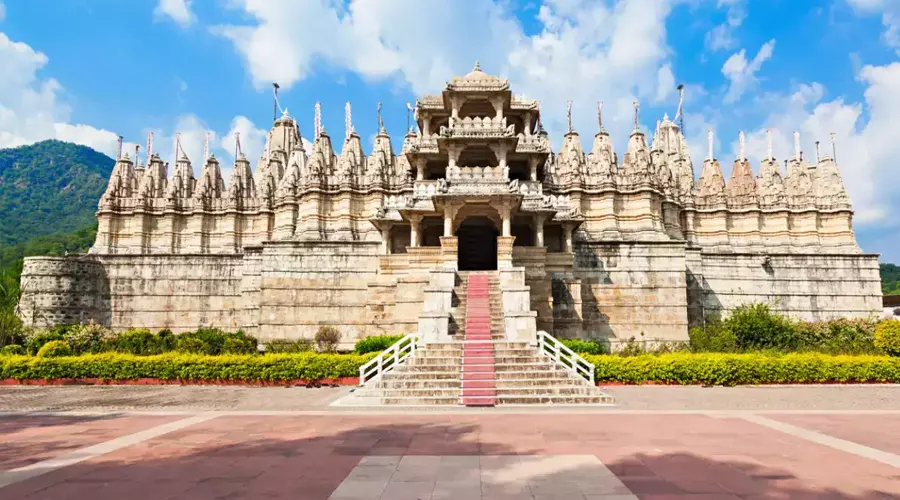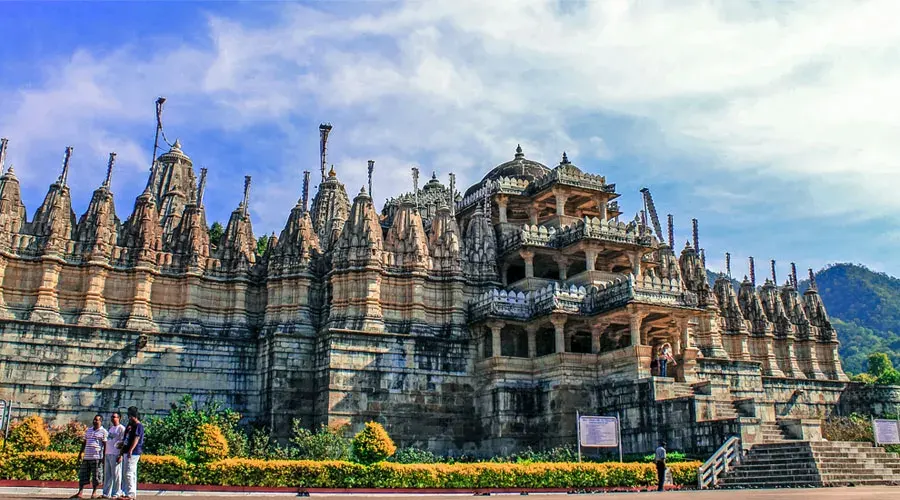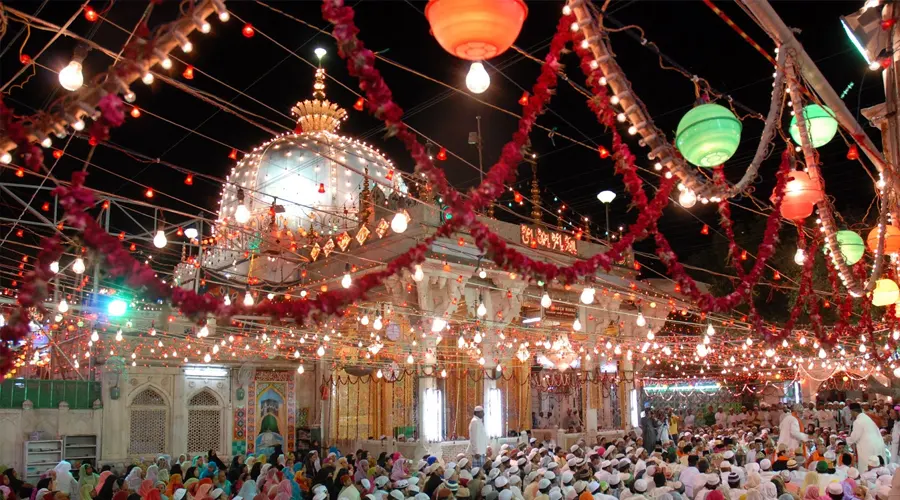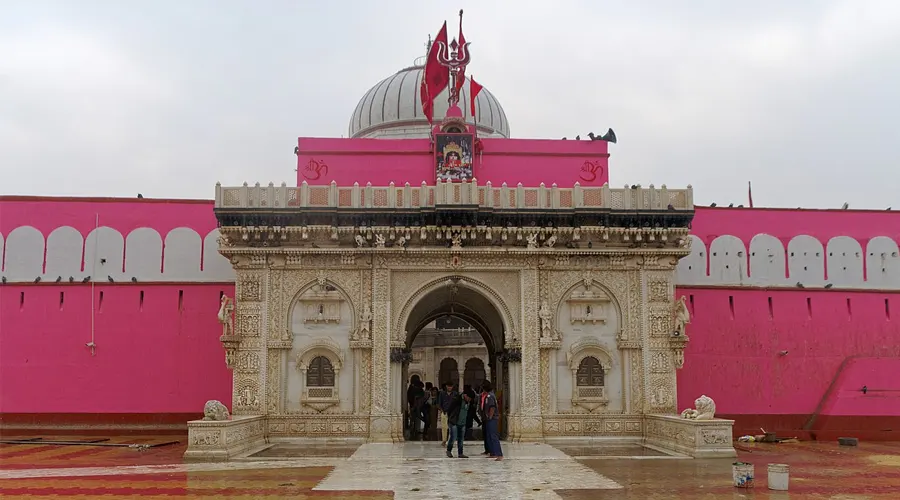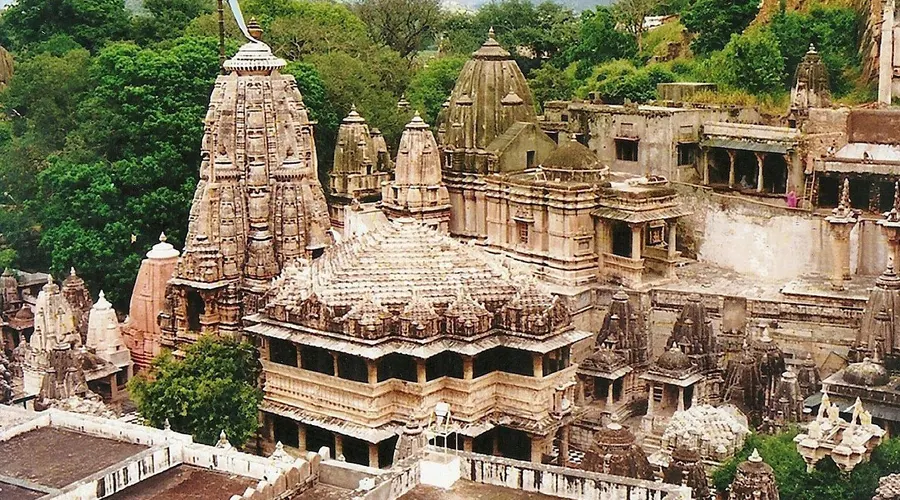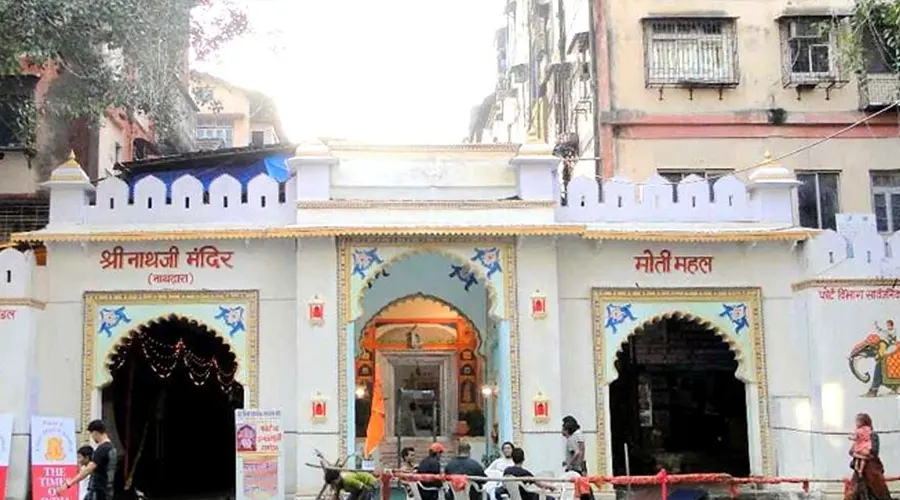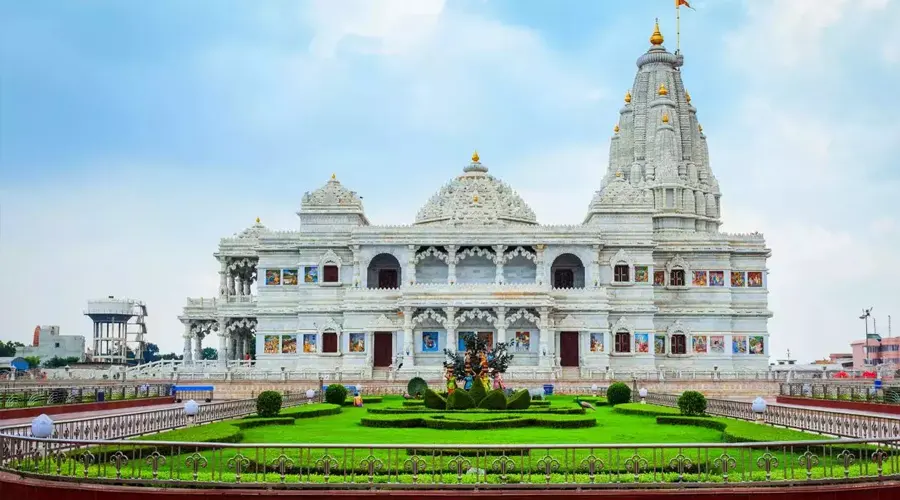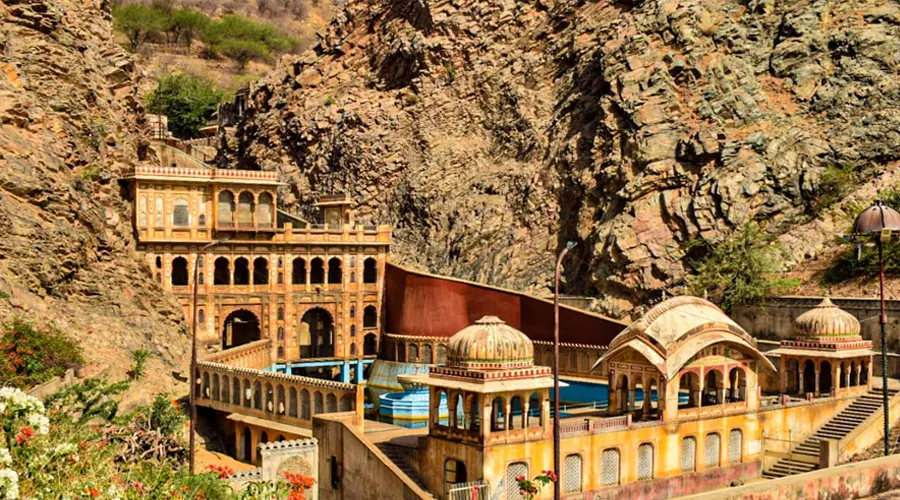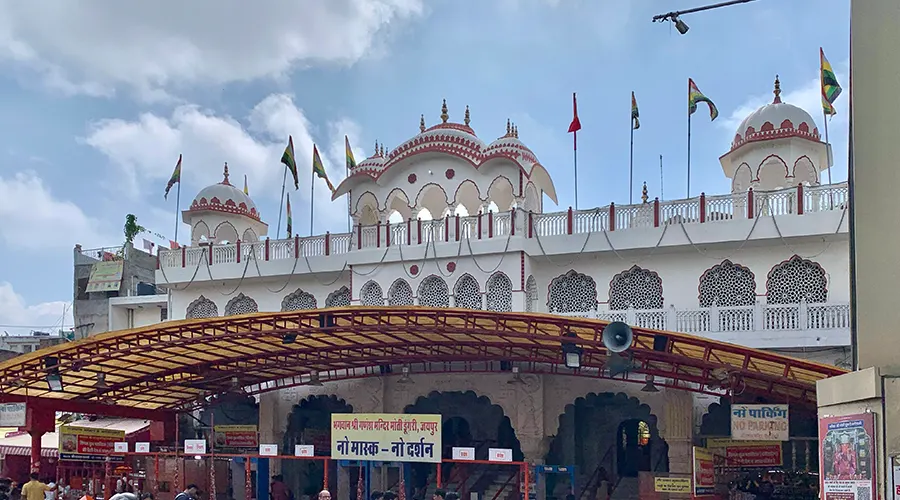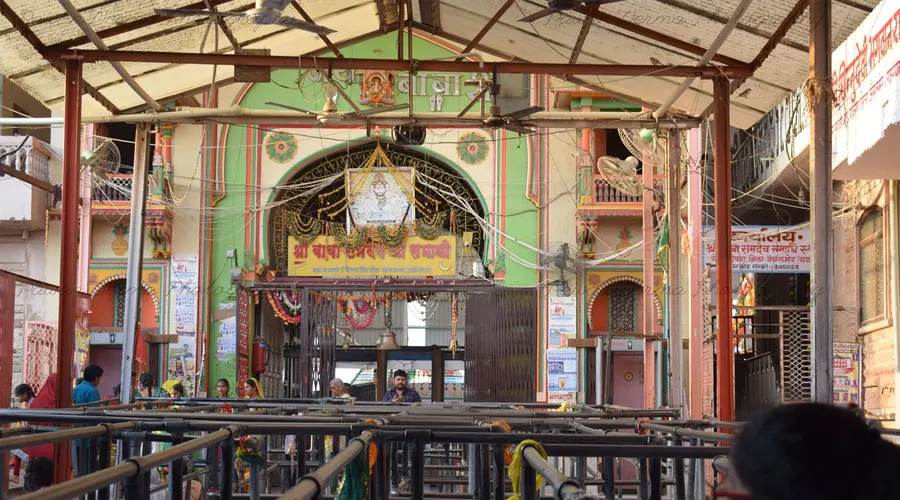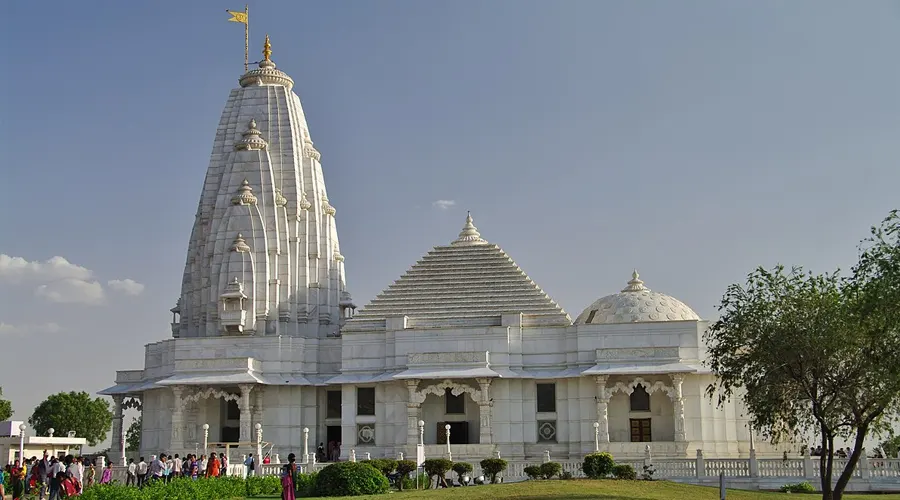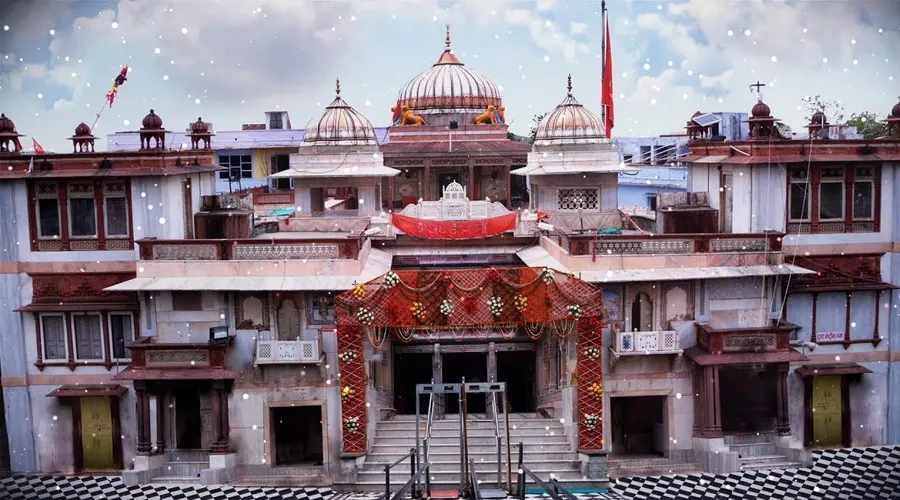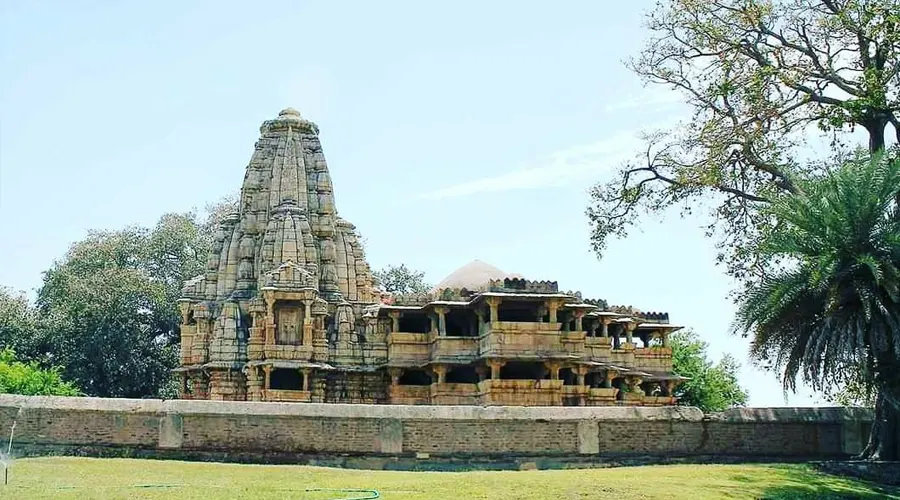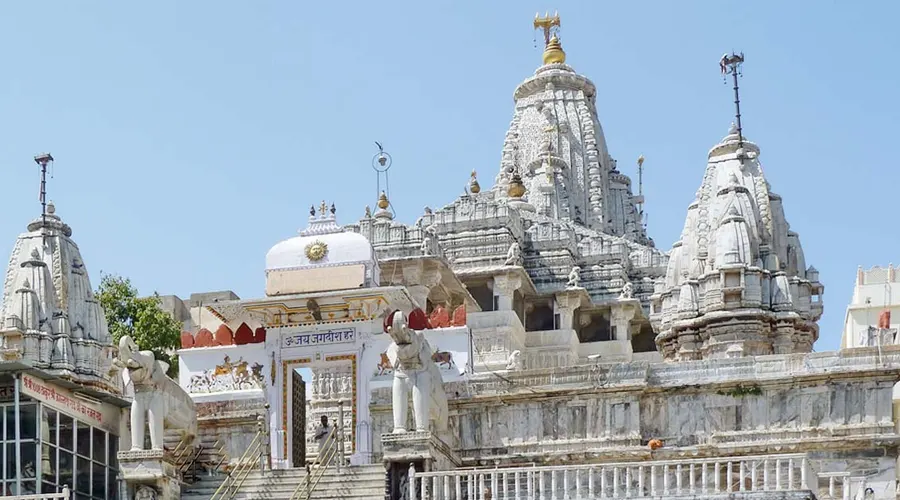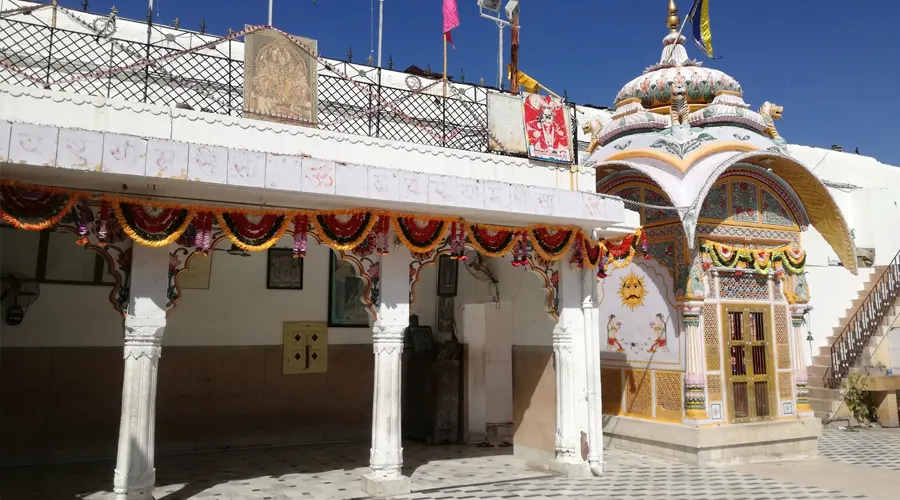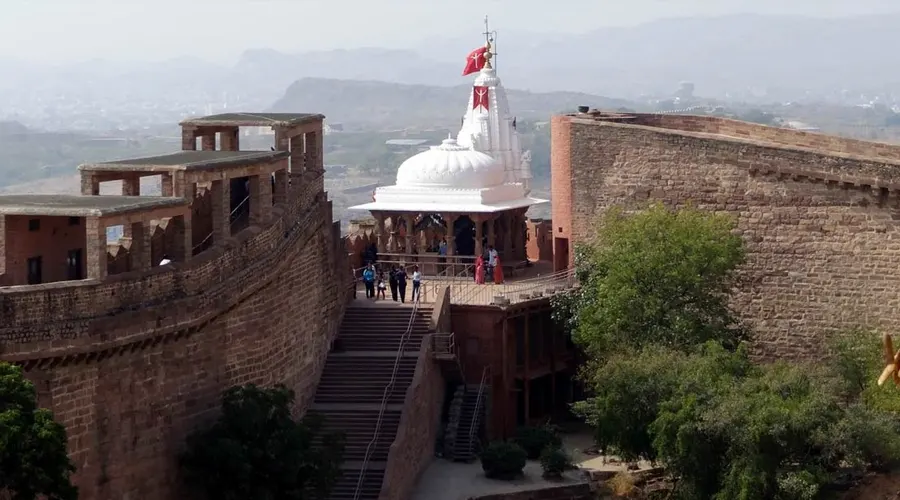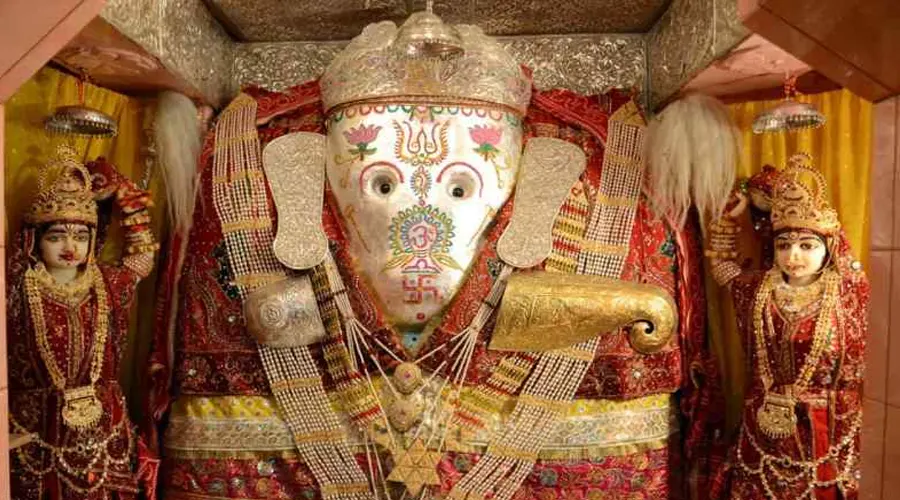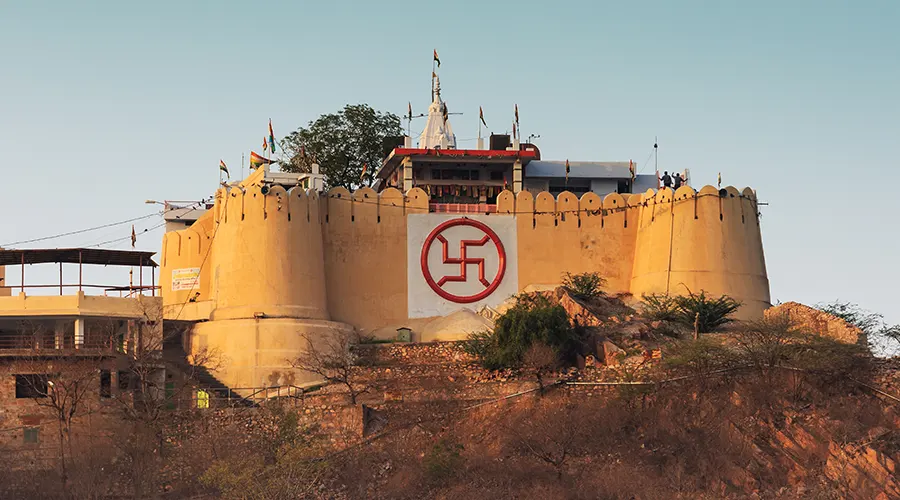Jantar Mantar Jaipur
Located near the City Palace in the regal city of Jaipur, Jantar Mantar is the largest stone astronomical observatory in the world. Owing to its rich cultural, heritage, and scientific value, Jantar Mantar in Jaipur has also been featured on UNESCO's list of World Heritage Sites. This ancient study boasts of nineteen instruments built out of stone and brass and was built by Raja Sawai Jai Singh in 1727-33.
The intelligent construction and placement of these instruments allowed the observers to note the position of heavenly bodies with their naked eyes alone. Time has failed to lay dust upon this engineering marvel and it still works as well as it used to in the olden times.
The main objective of building this vast observatory was to study and gather information about space and time. The instruments here pertain to the Egyptian study of Ptolemaic astronomy and follow three classical celestial coordinates to track the positions of heavenly bodies- namely the horizon-zenith local system, the equatorial system, and the ecliptic system.
Another fact that makes this destination unique is that the world's largest sundial is situated here. The observatory in Jaipur is part of a collection of five other observatories built by Raja Jai Singh, which are located in New Delhi, Ujjain, Varanasi, and Mathura. The best experience here is undoubtedly the light and sound show that takes place every evening and Jantar Mantar lights up like a firefly!
History of Jantar Mantar Jaipur
Sawai Jai Singh was an accomplished scholar himself and was commissioned with the task of confirming and rectifying the current data available on the movement of celestial bodies by Emperor Muhammad Shah.
Jai Singh wanted to refine the ancient Islamic zij tables so that the exact hour of the day could be determined. Eventually, he wanted to define a precise calendar and make accurate astrological predictions for both individual and social benefit. To achieve this, he decided to build Jantar Mantar in the year 1718.
He made extensive studies on the astronomical principles of Hindu, European, Islamic, and Persian civilizations and built five different observatories across North India. The construction of Jaipur's Jantar Mantar took place in the period between 1727 and 1733 and was renovated time and again.
The instruments here were built such that they covered a very wide range of cosmological applications which further accelerated developments in this field. It was featured on UNESCO's list of World Heritage in the year 2010 and has been an even greater attraction ever since.
Architecture of Jantar Mantar Jaipur
The Jantar Mantar in Jaipur is a collection of different architectural and astronomical instruments. It has 19 major geometric devices for measuring time, predicting eclipses, ascertaining the declinations of planets, determining celestial altitudes, and tracking stars in their orbits.
This attraction is spread over an area of 18,700 meters and some of the instruments here are the largest of their kind. Sawai Jai Singh II decided to build the observatory instruments with stone and marble because the stone can withstand extreme weather conditions much better as compared to metal, which tends to wear and tear easily.
Some of these instruments were conceptualized and designed by Raja himself. On the other hand, a few of the instruments here are built from copper and still work with startling accuracy. In terms of its area, Jaipur's Jantar Mantar is the largest one as compared to its other counterparts in the north of India.

